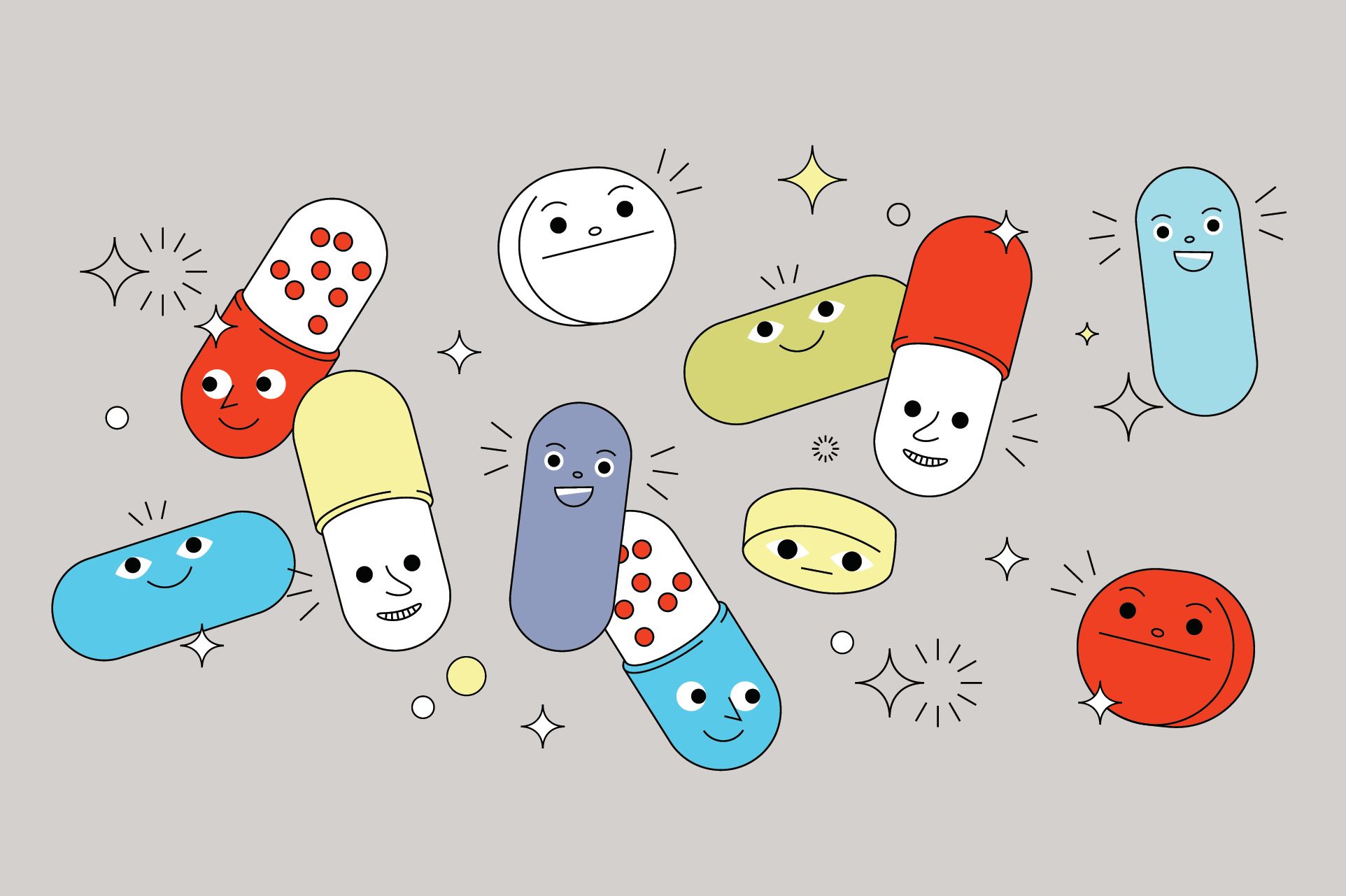New OHSU Research Points to Potential Infertility Treatment

All the debate about abortions and IVF aside, when it comes to having a child, we can all generally agree that the egg comes before the baby. Eggs get frozen, donated, and fertilized in vitro. They provide 50 percent of the DNA for the offspring; the other half, of course, comes from sperm.
For those who can’t produce eggs (or sperm) of their own, a biological child has been out of the question. But that may not always be the case: recent research from Oregon Health and Science University documents a potentially effective method for turning a skin cell into a viable egg. The research was done with mice, with the eventual aim to help people unable to produce their own eggs, like same-sex couples.
Similar to the method used to clone Dolly the sheep, OHSU researchers extracted a nucleus from a mouse’s skin cell and implanted it into a donor egg. Then they got the nucleus to drop half of its chromosomes. That’s what separates this method from cloning: Theoretically, if used in humans, the 23-chromosome egg can be fertilized by a 23-chromosome sperm cell to become an embryo with DNA from two different parents, rather than a copy of just one.
At a time when Americans are waiting longer to have children—in 2022, mothers age 40 to 44 made up 4.1 percent of total births in Oregon, compared to 2.6 percent in 2010—the technique, if it becomes viable for humans, could become a game-changing addition to the current slate of fertility treatments.
That’s especially true for those who haven’t been able to access traditional approaches like egg freezing, which relies on foresight and financing during the reproductive period. According to OHSU’s Center for Women’s Health, fertility preservation can cost between $10,000 and $15,000, and it’s rarely covered by insurance. People who have lost their fertility unexpectedly—to endometriosis or cancer, for example—would also benefit from the approach. It could even offer same-sex male couples the chance to have children biologically related to both parents.
Scientists face a lot of hurdles that make working with human eggs difficult, if not impossible—though Oregon offers unique freedom in the area, according to senior author Shoukhrat Mitalipov, director of the OHSU Center for Embryonic Cell and Gene Therapy. “We’re not using this to breed mice,” Mitalipov adds. “Ethicists have to scramble their heads” before any new development in the field can move forward.
Even if research pans out for humans, it will be years before the method becomes available to the public. As the study's co-author and OHSU School of Medicine professor Dr. Paula Amato puts it, “This gives us a lot of insight, but there is still a lot of work that needs to be done to understand how these chromosomes pair and how they faithfully divide to actually reproduce what happens in nature.”




